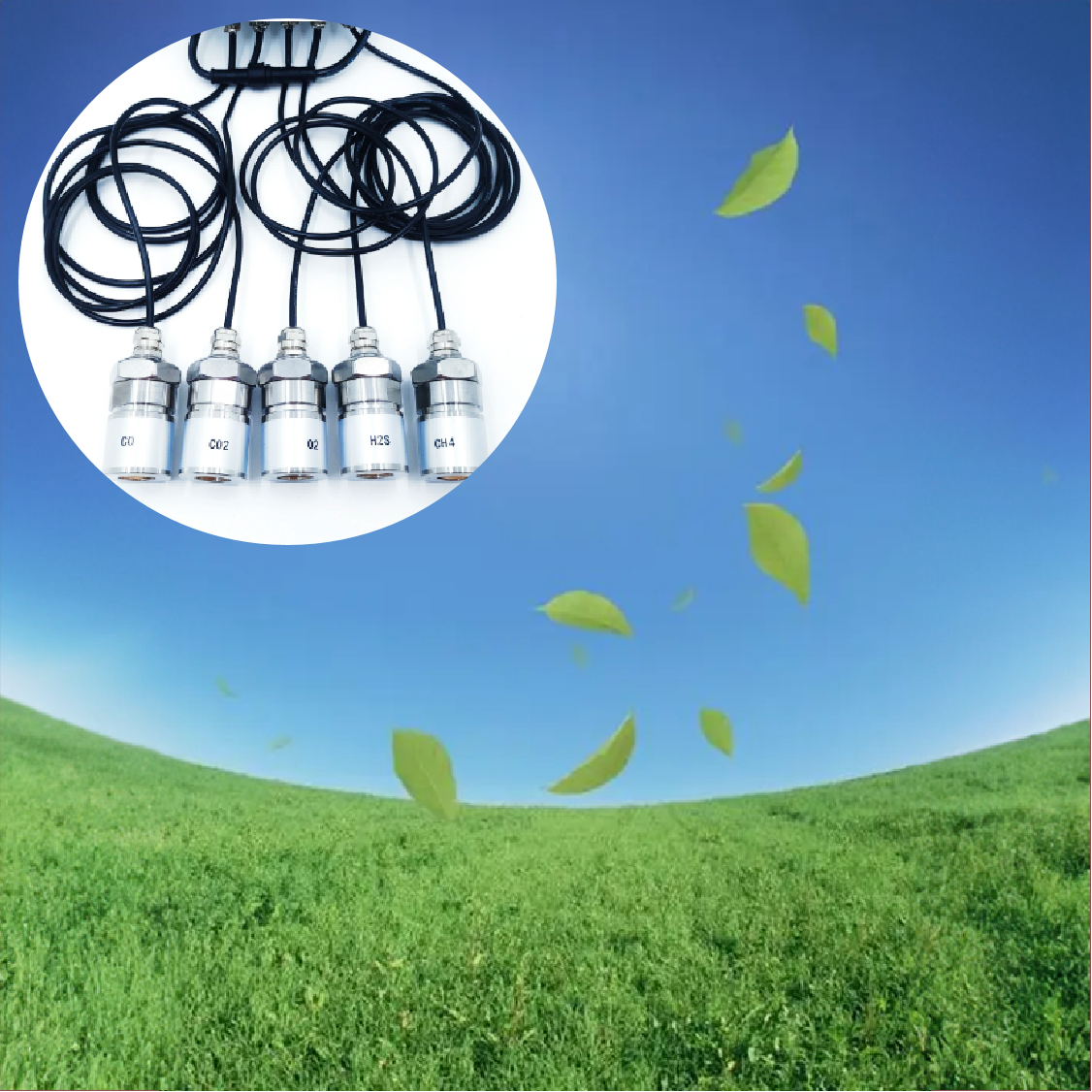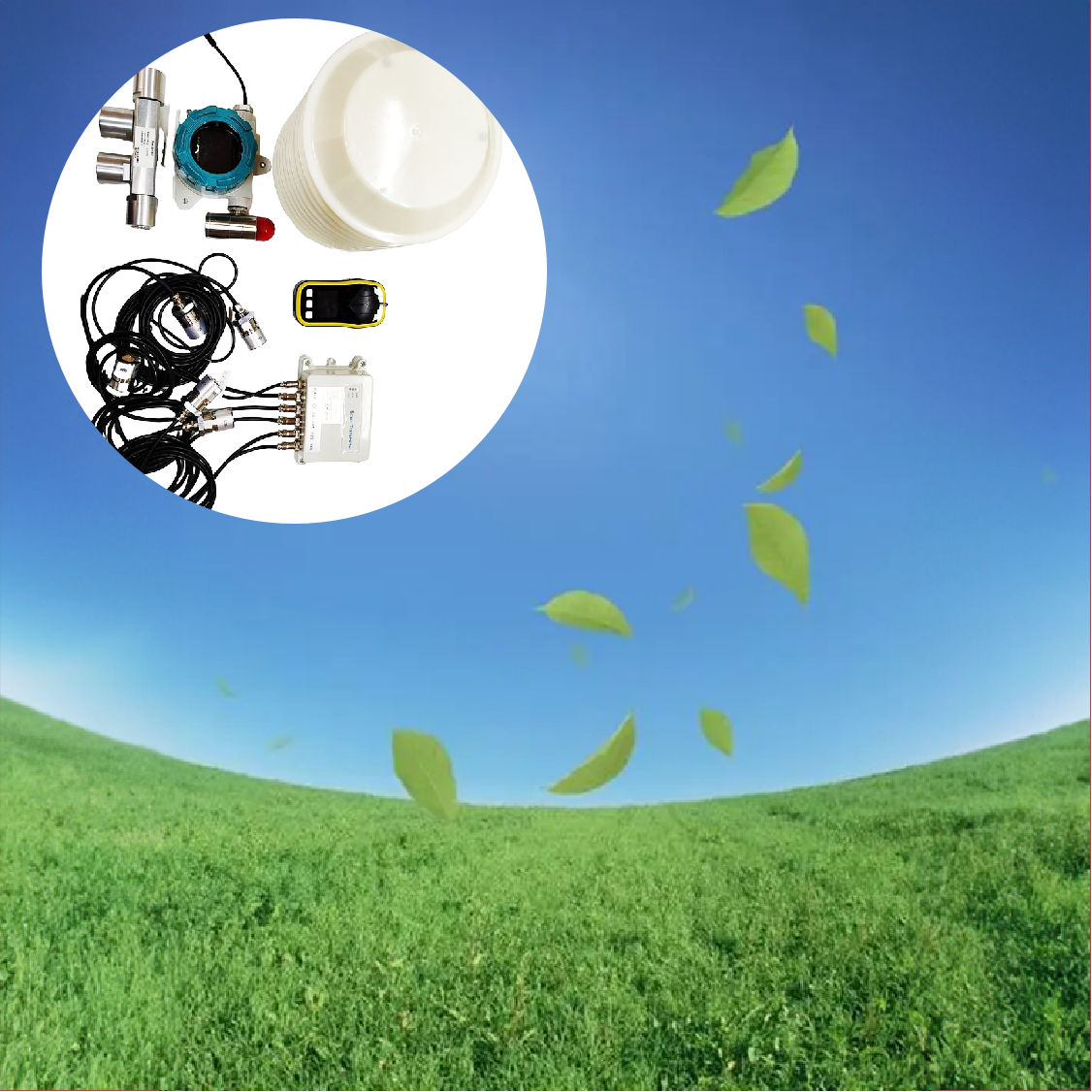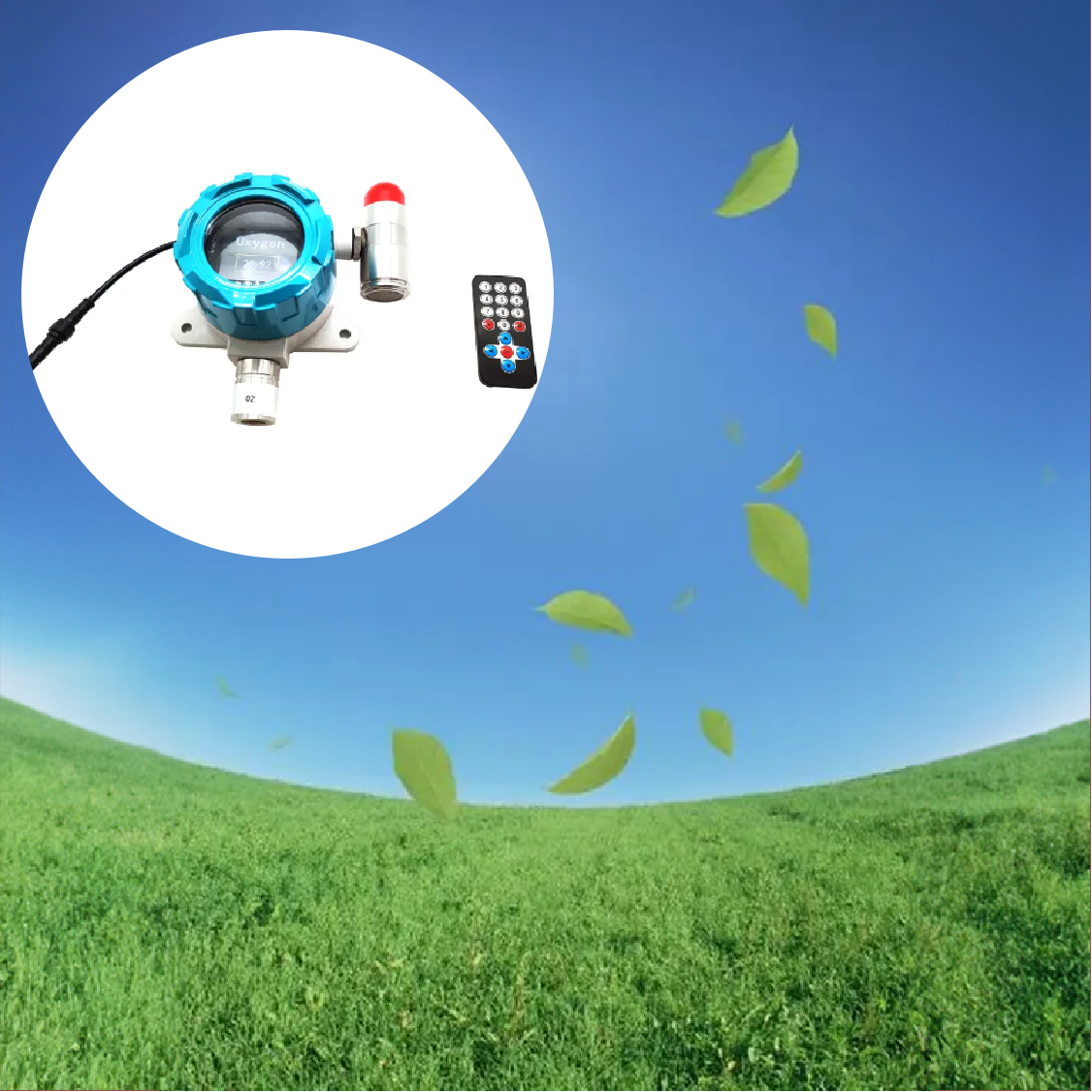Outdoor air pollution and particulate matter (PM) are classified as Group 1 human carcinogens for lung cancer. Pollutant associations with haematologic cancers are suggestive, but these cancers are aetiologically heterogeneous and sub-type examinations are lacking.
Methods
The American Cancer Society Cancer Prevention Study-II Nutrition Cohort was used to examine associations of outdoor air pollutants with adult haematologic cancers. Census block group level annual predictions of particulate matter (PM2.5, PM10, PM10-2.5), nitrogen dioxide (NO2), ozone (O3), sulfur dioxide (SO2), and carbon monoxide (CO) were assigned with residential addresses. Hazard ratios (HR) and 95% confidence intervals (CI) between time-varying pollutants and haematologic subtypes were estimated.
Results
Among 108,002 participants, 2659 incident haematologic cancers were identified from 1992–2017. Higher PM10-2.5 concentrations were associated with mantle cell lymphoma (HR per 4.1 μg/m3 = 1.43, 95% CI 1.08–1.90). NO2 was associated with Hodgkin lymphoma (HR per 7.2 ppb = 1.39; 95% CI 1.01–1.92) and marginal zone lymphoma (HR per 7.2 ppb = 1.30; 95% CI 1.01–1.67). CO was associated with marginal zone (HR per 0.21 ppm = 1.30; 95% CI 1.04–1.62) and T-cell (HR per 0.21 ppm = 1.27; 95% CI 1.00–1.61) lymphomas.
Conclusions
The role of air pollutants on haematologic cancers may have been underestimated previously because of sub-type heterogeneity.
We need clean air to breathe, and most applications require proper air characteristics to function properly, so it’s important to be aware of our surroundings. In this regard, we offer a range of environmental sensors to detect substances such as ozone, carbon dioxide and volatile organic compounds (VOCs).
Post time: May-29-2024




